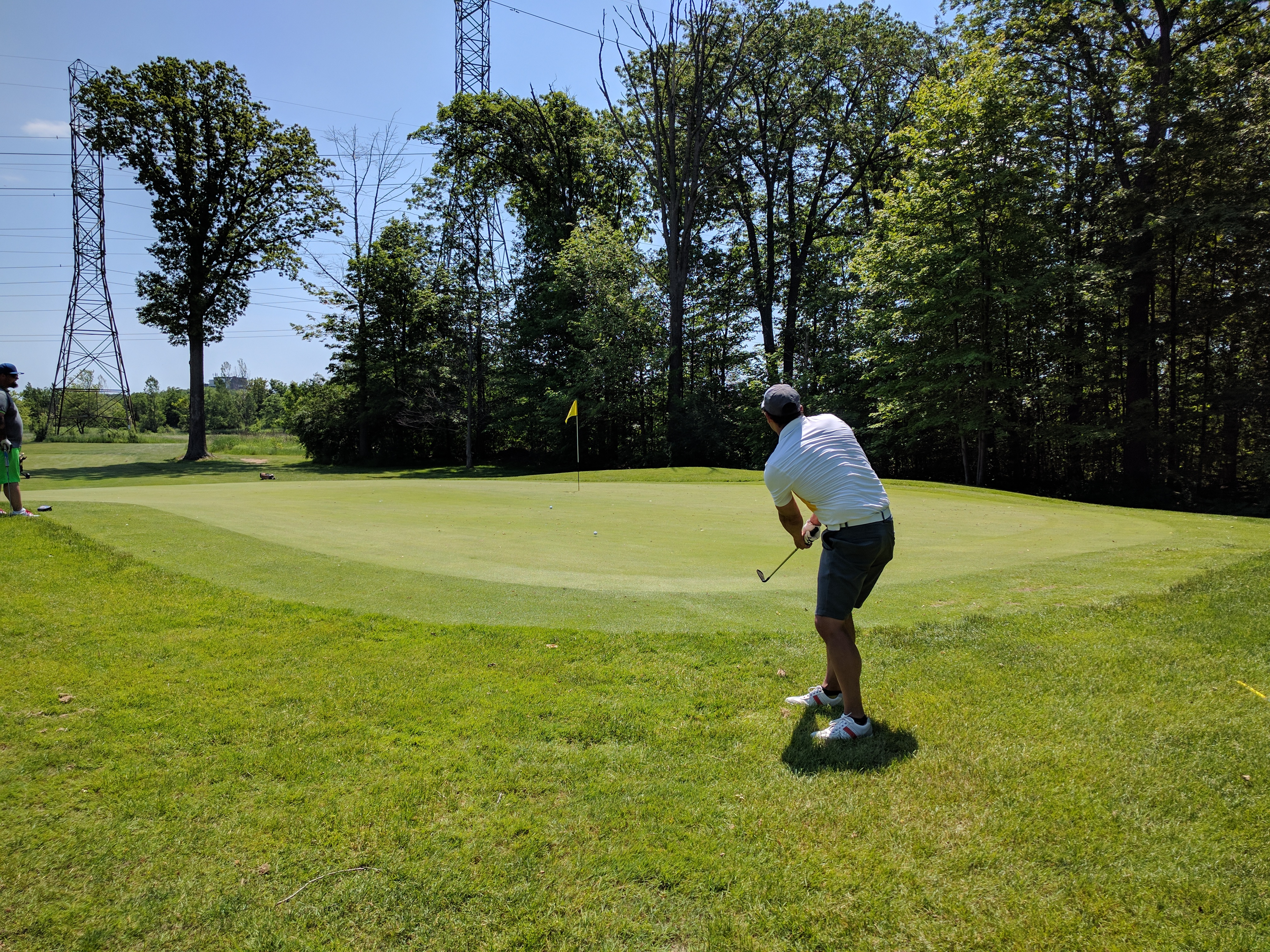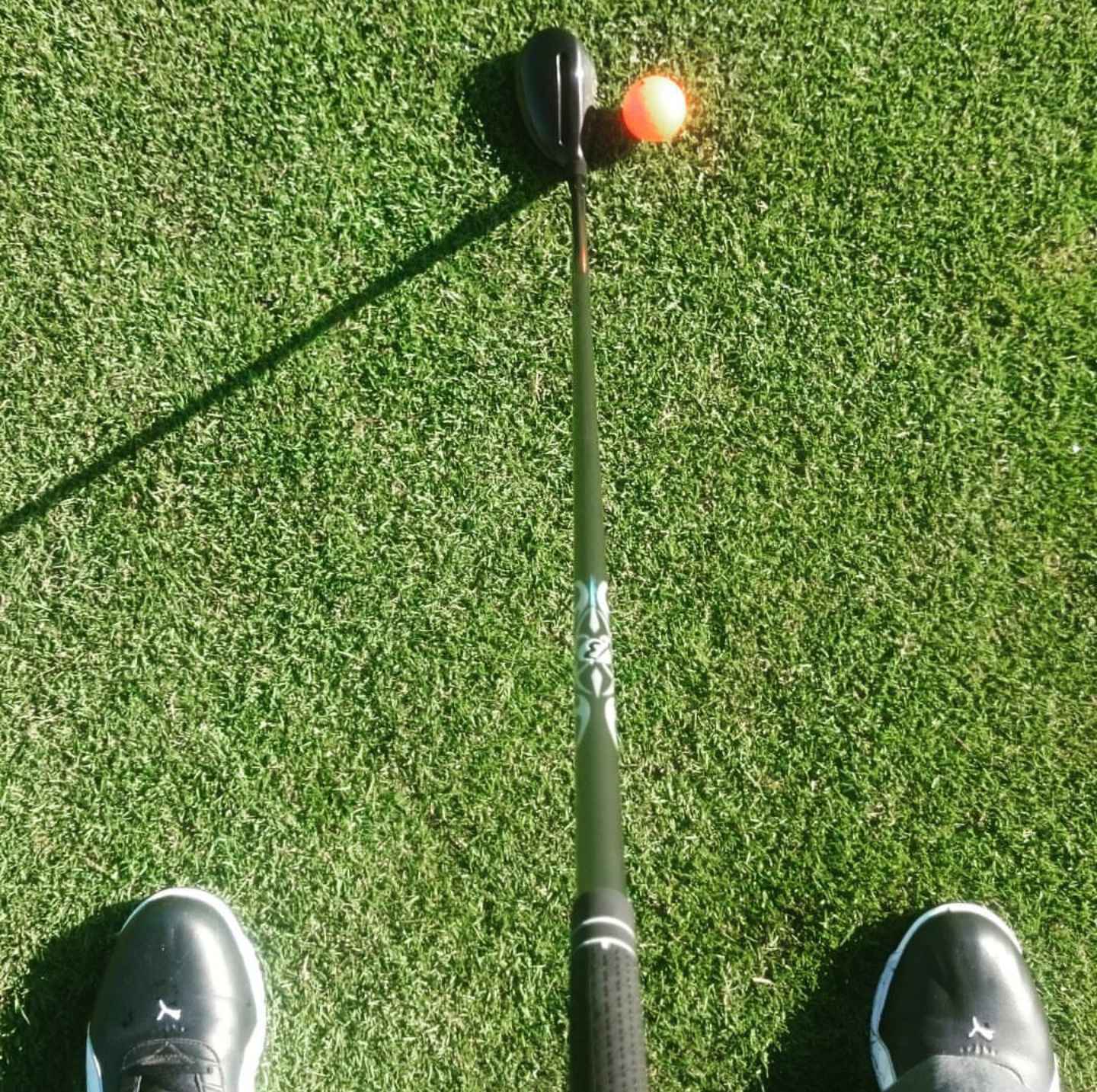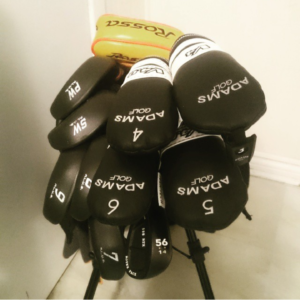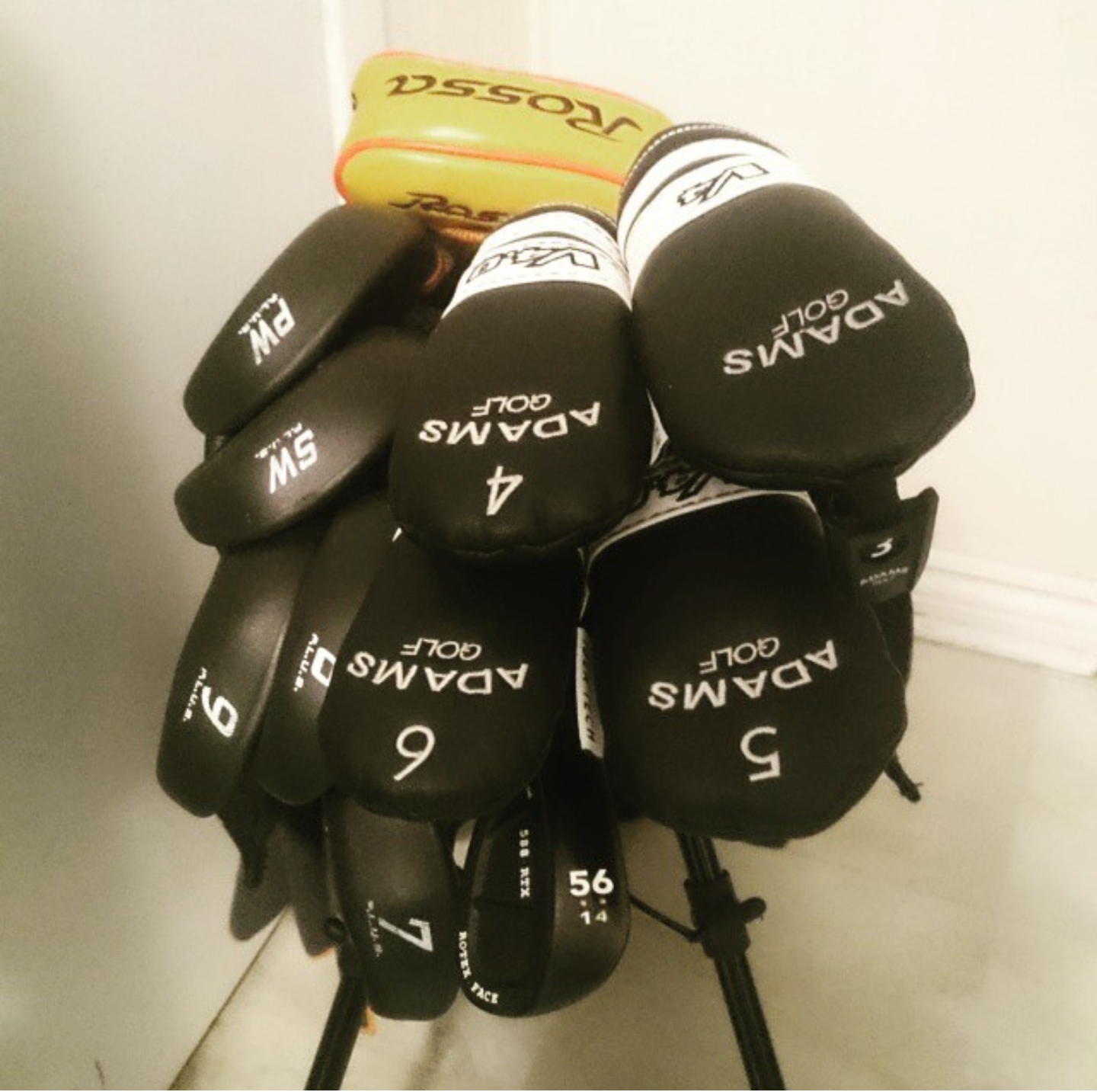So many swing thoughts
Before, during, and inevitably after we think about our swing. There’s so much going through our heads that sometimes we are the instruments of our own demise. We forget that as complicated as the game of Golf can be. In order to succeed at it things need to be simple. I’m sure you have all seen videos, or read articles relating to swing instruction. Too often they describe swing path, angle of attack, transfer of weight, club head release, follow through, the direction your belt buckle should face at the conclusion of your swing, and I could keep going on and on. How are you ever going to make successful contact with the ball if you are thinking about all of these things at once? When I was first developing a swing, my only thought was to make contact with the ball. After a few trips out to the Range I was able to make pretty consistent contact. Of course I had very little distance, or directional control. In an attempt to further develop my swing I started watching those videos I mentioned. What I learned is that too much information can do more harm than good.
It wasn’t all useless though
There are a few tips I picked up on that I believe can help any Beginner. First of all it’s important to separate your swing setup from the actual swing. Too many Beginners concentrate on both at once. It sounds quite easy to do, but it isn’t. What happens is that during your practice backswing, or waggle you adjust your stance. While doing so you begin to think about your swing. The two thoughts become one. What I’ve learned to do is make my practice backswing a part of my setup. Once I’m satisfied with my position I take a moment to clear my head. Then I begin my swing preparation. I’ve simplified my swing thought to three things. A smooth controlled backswing, then a balanced fore swing without drifting my weight from back to front too much, and a complete follow through. That’s it! To be honest I am limiting my maximum distance by purposefully decreasing my weight transfer. What it does do is significantly reduce the number of miss hits I make. For me that’s far more important. Another tip I can offer you that will surely improve your scores, is to hit every putt with the intention to go three feet passed the hole. Any putt that comes up short has no chance of rolling in. Better to hit your ball too far passed the hole than leave it short. An additional bonus to playing this way is that you get a lot of practice hitting 3 to 5 foot putts. You will get so accustomed to hitting them that soon any putt within 5 feet will feel automatic.
Short shots are the most important
When it comes to practice, spend the majority of your time working on your shorter clubs. In actuality you should spend the most time practicing your putting stroke. Then you should spend almost as much time working on your Wedge game. Then your Irons, your Hybrids, your Woods, and last of all your Driver. Too many Beginners do this in reverse. Think of it in terms of what you will likely use the most during a Round. As a Beginner there’s a very good chance that you will have to make 2 or 3 putts per hole. You might have to hit 2 or 3 Wedge shots as well. On average only 1 or 2 Iron shots are required per hole. Most holes only require 1 shot with a Wood or Hybrid. Most of the courses I play only require the Driver on a couple of the holes on the entire course. It wouldn’t make much of a difference to my final score if I hit my Driver best. If I was in top form with my Putter and Wedges though. I could easily reduce my final score by at least one stroke per hole. In fact it only took me about 12 months of regular practice with my Putter and Wedges to reduce my handicap from a 36 to 20. I have to admit that I’m not very consistent with my Driver yet. In some cases I don’t even use it once during a Round. That hasn’t prevented me from reducing my scores though.
Remember that you are a Beginner
It’s very easy to get tempted to play some of the more professional style courses in your area. Be realistic about your expectations when you do. There can be a huge increase in difficulty. Don’t be a hero and play from the back Tees. Don’t get too preoccupied with your score to Par. Just focus on making good shots, and playing within your ability. Trust me you will enjoy the experience far more.
Beginner’s guide to Golf





